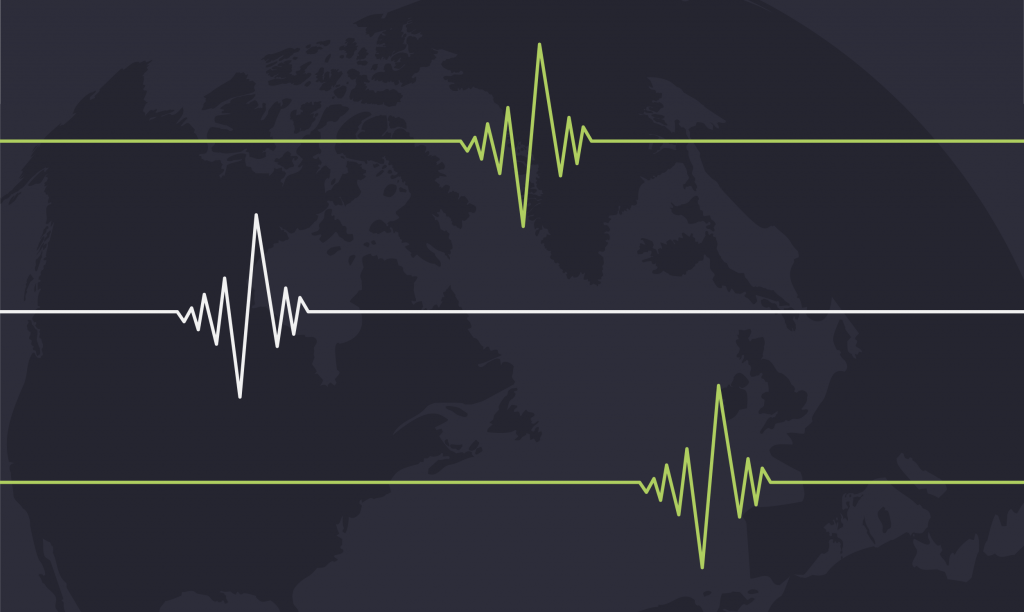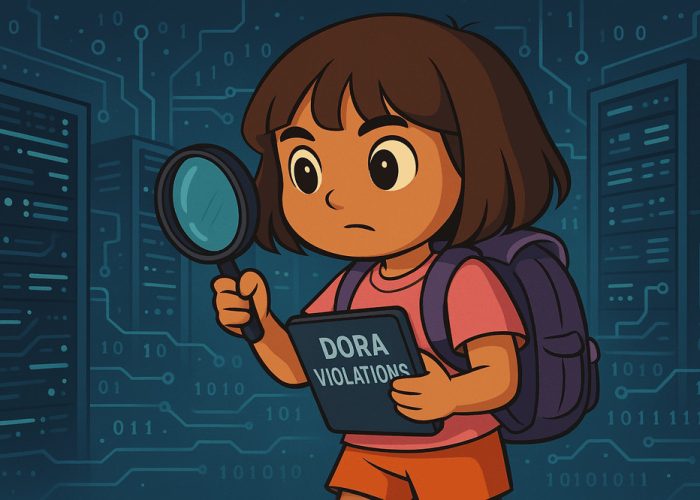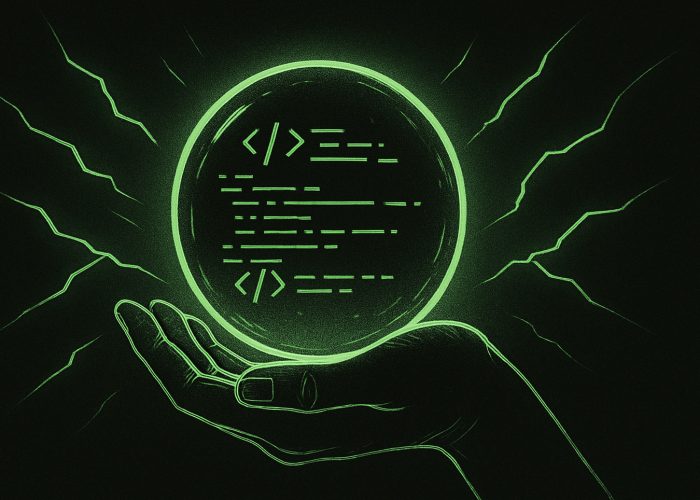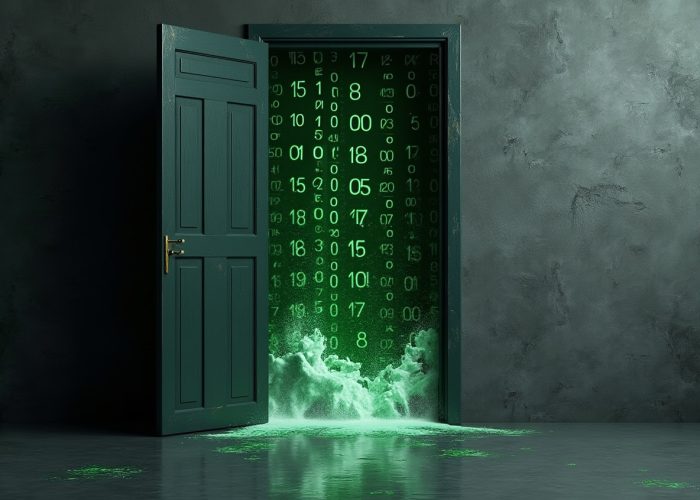The reality in which hospitals are forced not only to save the lives of patients but also to defend themselves from cyberattacks became common for us. Since the beginning of the pandemic, cybercriminals have regularly used the World Health Organization name in phishing attacks. COVID-19 exposed the vulnerability of the health infrastructure and forced many countries to take urgent protection measures.
The annual report of the National Cyber Security Centre (NCSC) in the UK states that intelligence agencies have made more efforts than ever to protect the health sector. This year, the Government Communications Headquarters (GCHQ) has dealt with more than 200 coronavirus-related cyberattacks. That is almost a third of the total number of incidents.
Because of the critical importance of ensuring health sector security during the pandemic, the NCSC has focused on incident prevention. The task included searching for threats, suspicious activities, and scanning more than 1 million National Health Service (NHS) IP addresses to identify weaknesses in cybersecurity.
The main priority was to provide the best possible cyber support to enable the medical institutions to focus on their work.
NCSC has also helped to implement Active Cyber Defense services, including Web Check, Mail Check, and Secure DNS, in 235 leading healthcare organizations across the United Kingdom. These measures help to protect against phishing attacks and other cyber threats.
During this year, the NCSC has had to deal with more than 200 cyber-incidents related to COVID-19 – including Russian cyber-spying aimed at developing a coronavirus vaccine. These cyberattacks account for a significant part of the total number of cases (723), in which more than a thousand victims were affected. The National Cyber Security Center says this figure will continue to rise as cybercriminals become more ambitious.
Back in April, 400 cyber experts from around the world came together to confront hackers who use COVID-19 for their purposes. The group is called the Covid-19 CTI (cyber threat intelligence) League. It includes representatives of major technology companies, including Microsoft and Amazon.




